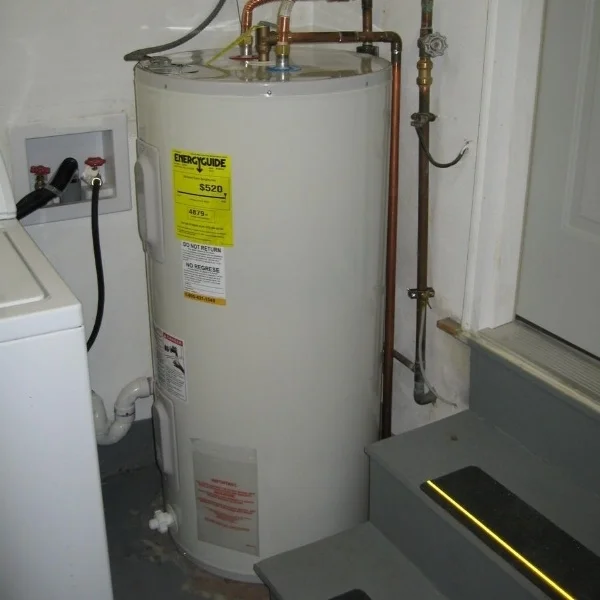Your Water Heater--to Drain or Not to Drain?
Summer comes a flurry of chores as the residents of Mesa prepare their homes for the long, hot summer. A question we hear often is, “Do I need to drain my water heater tank every year?”
In all honesty--that depends.
Each hot water tank is different depending on factors that not only include which area of the Valley, but also whether or not the tank has a hydro-jet to reduce sediment buildup.
Valley water travels through various filters and screens on its way to water users. The quantity and quality of these depend largely on the city or municipality. Also, sometimes there will be a break or that particular area may ‘flush out’ their lines, which means it comes to the consumer.
The bottom line is this:
Sediment tells
A homeowner won’t know how often to drain their hot water tank until they do it to see how much sediment has built up in the meantime. In some tanks, it’s almost nothing. Other tanks can accumulate several inches of sediment--enough to block the spigot--in the same amount of time. After it is drained the first time, the quantity of material offers a pretty good idea of how fast the sediment collects. But, if it happens in an area where there is a break or they flush the water line, the tank could have a significant amount of sediment suddenly appear.
*After this water heater had leaked, it was disassembled. it shows how much sediment ends up in and near the drain valve.
Some water heater manufacturers recommend only draining off about a gallon of water, but suggest doing so once a month.
Some people never drain their water heater tank.
What happens during the drain?
There may be sediment at the bottom of the tank. It might be a little or a lot. The gunk at the bottom interferes with the heating ability of the tank and makes it work harder to heat the water.
How to drain a tank
Here is a general guideline of how it’s done. Consult the hot water heater manual for specifics:
Get a hose. One with a rubber gasket in it is best, to help avoid leakage at the hose connection.
Turn off the power to the water heater. This is not optional because not being shut off can burn up the water heater.
Turn off the water going into the water heater. Otherwise, it will continue to be replaced as it drains.
Let the tank cool. How long this takes depends on the size of the tank, amount of insulation, and the temperature of the water in the tank to start. Some people only need to wait a few hours. Others leave it overnight.
Connect the hose to the drain valve, which is a spigot at the bottom of the hot water tank, and run the other end someplace where it’s reasonable to let the water drain. Since the water will have sediment, don’t drain it into a garden or a place where there is plant material which might be sensitive to calcium.
Turn on a hot water faucet somewhere in the home. It will act as a relief valve and hasten the flow of the water from the drain spigot.
Turn on (open) the drain valve. Let it run until the tank is empty. Most of these spigots are angled and poorly designed to remove the sediment--remember, they’re devised by the hot water tank manufacturers, who are much more interested in sales than good water heater maintenance!
Turn the water to the tank back on while the drain spigot is still open to remove any remaining sediment. Once the water runs clear from the end of the hose, the valve can be closed to allow the tank to heat up.
Shut the hot water faucet off (the one open in the house).
When the tank is full, turn the water heater back on.
This simple process can add years of life to a water heater.
While draining the water heater, if there is a leak or some other type of problem, or if you’d rather have a professional drain the tank, let us know. We’ll be happy to schedule a visit.
Norfleet Family Plumbing Heating and Air is a dependable full-service plumber offering gas tankless water heater installation, gas tanker water heater repair, gas water heater installation, gas water heater repair, electric water heater repair, hybrid water heater installation, and hot water recirculation pump solutions in Chandler, Gilbert, Mesa, Queen Creek, Ahwatukee, and San Tan Valley. Call 480-681-1764.


